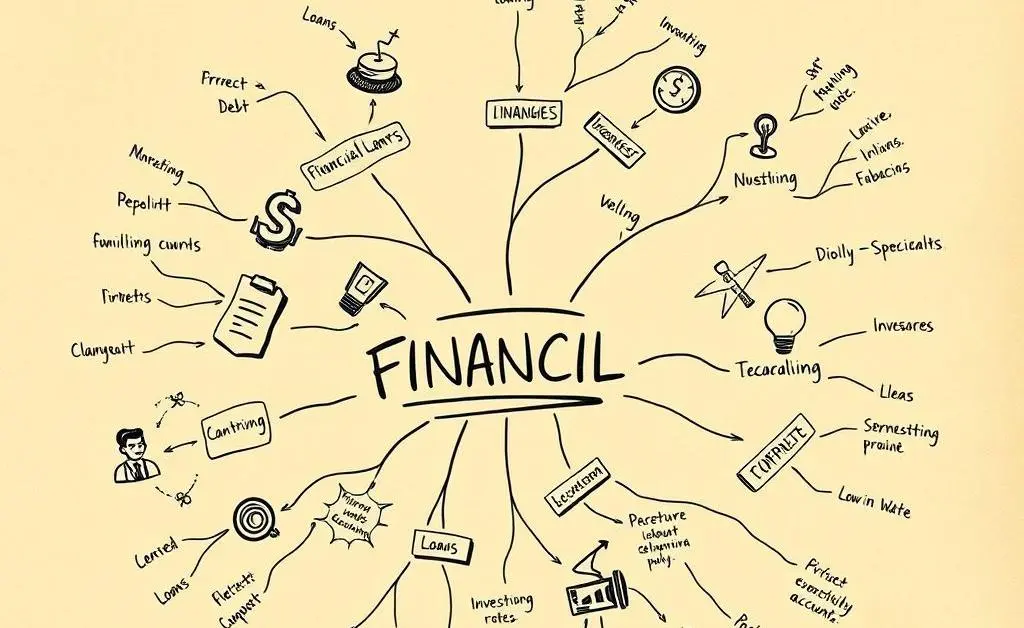Demystifying the Math Behind Personal Loans: A Conversational Guide
Discover how to understand the math of personal loans to make informed financial decisions.

Ever sat down to look at the terms of a personal loan, only to feel like you're trying to understand hieroglyphics? Don't worry; you're not alone. Understanding the math behind personal loans can be as daunting as cracking a secret code, but once you crack it, you'll make more informed decisions and feel confident about managing your finances.
What's the Real Cost of a Personal Loan?
Okay, let's break it down. When you borrow money, the lender charges you interest for using their money. The primary keyword here is 'interest rate.' Within the first 100 words, we're already addressing your curiosity while ticking that SEO box. Yay, us!

Understanding Interest Rates
The interest rate is a percentage of the loan amount you pay annually. It's crucial because even a small difference in interest rates means your payment could vary significantly. Banks usually advertise two types of rates:
- Fixed Rate: This stays the same throughout the loan term. Think of it as predictability—the friend who always arrives on time.
- Variable Rate: This can change based on the market. It's like that unpredictable weather—sometimes good, sometimes not so much.
Calculating the total interest you'll owe involves a bit more math, though. You'll want to familiarize yourself with the Annual Percentage Yield (APY).

How Do You Calculate Monthly Payments?
Your monthly payment doesn’t just depend on the interest rate—it's also about the loan term and principal amount. Without going full 'math whiz' on you, here's the simple version: use a loan calculator.
In a nutshell, you input your loan amount, interest rate, and term length, and let the calculator do its magic. It’s like having a cheat sheet for your financial planning.
The Power of Being in the Know
So, why does all this matter? When you understand how your loan works, you’re better equipped to budget, manage debt, and maybe even negotiate terms. Knowledge truly is power.
Remember, personal loans should be used for things that improve your financial position, like consolidating debt or funding an emergency. They are not a tool for financing frivolous expenses.

Final Thoughts: Ask, Compare, and Decide
Armed with new understanding, the ball is in your court. Consider different loans, compare interest rates, and choose terms that make sense for your situation. Applying this knowledge can save you from stress—and a lot of money in the long run.
Have you had any eye-opening moments when dealing with loans? Share your experiences or questions—let's keep the conversation going!




